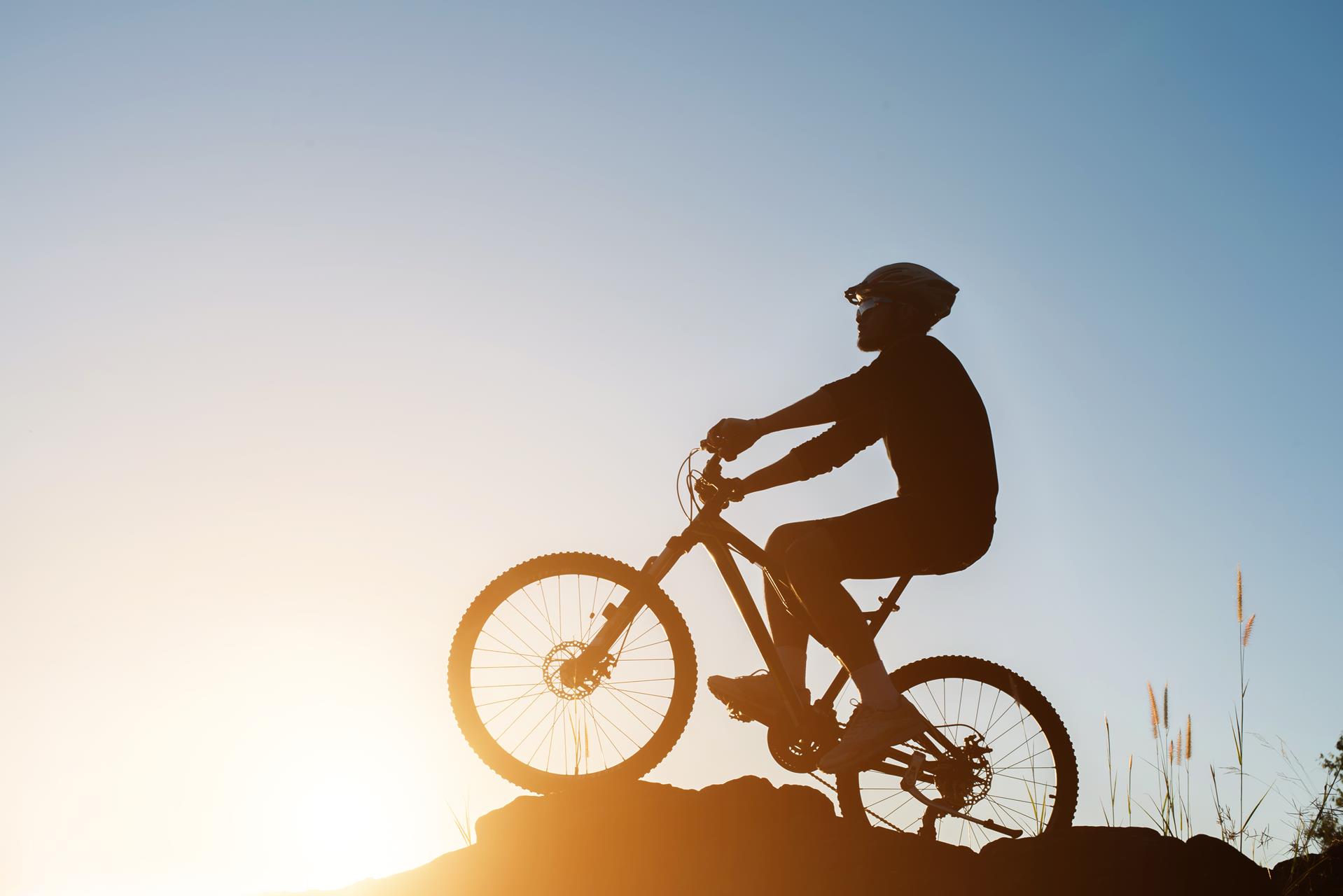One of the innovations that have most changed MTB, as well as one of the most heated discussions, concerns the choice between using a traditional inner tube or the transition to the system tubeless.
Introduced in the 2000s, tubeless technology was actually already known in other sectors, such as the automotive sector, but its adoption in cycling marked an important step forward, in particular for mountain biking and its many enthusiasts.
However, there is no shortage of disadvantages and problems, often easily overcome, but which require in-depth reflection.
What is the tubeless system?
The term tubeless literally indicates the absence of an inner tube (“tube” in English) inside the tire. This technology allows for greater smoothness and a reduction in friction with the ground, thus optimizing the performance of the MTB on different types of surfaces, as well as greater resistance to punctures.
In fact, enthusiasts know, one of the most frustrating aspects during MTB rides is certainly the drilling. The repair, especially in the presence of an inner tube, can be complex and time-consuming, depending on the technical skills of the cyclist and the tools available. This is where tubeless becomes the preferred choice for many mountain bikers.
Inner tube or tubeless?
As far as the choice of tire is concerned, it is, in the end, a personal choice, since both solutions have positive and negative aspects. Let's see them in detail.
Advantages and disadvantages of the tubeless system
Among the main advantages of tubeless we find:
- puncture resistance: as mentioned, thanks to its construction, tubeless is less prone to punctures than traditional systems;
- reduced weight: the absence of the inner tube contributes to a significant reduction in the overall weight of the bike;
- lower pressures: the tubeless system allows you to use lower pressures, improving traction and grip, essential in MTB;
- quick repairs: repairs can often be carried out quickly using so-called vermicelli, elongated plugs that are very easy to insert into the punctured tire with the help of a simple screwdriver.
On the contrary, tubeless also has disadvantages. The main ones are:
- latex maintenance: The latex used it can get dirty and requires periodic checks to prevent it from drying out;
- repair of cuts: despite the resistance to punctures, the risk of cuts to the tires persists, requiring specific precautions. In particular, we recommend that you always carry at least one of these tools with you: the Inflate and Repair can for small punctures, insulating tape for larger cuts, or even a spare inner tube, with relative inflation pump.
Advantages and disadvantages of the inner tube
Despite the innovation of tubeless, the inner tube remains a valid solution in certain contexts. Here are the main advantages of using the classic inner tube:
- simplicity of use: Tires with tubes are simple to use.
- ease of maintenance: even for those who don't use the bicycle often, simply inflate the tires with a pump and you're ready to go;
- lower cost: Tubes are generally cheaper to replace than tubeless tires and the sealant needed for the tubeless system;
However, it has significant disadvantages:
- greater propensity to pinching and puncturing: unlike tubeless tubes, inner tubes are more susceptible to damage;
- additional weight: inner tubes are generally heavier;
- greater rolling resistance;
- difficulty of replacement: for the less experienced it is more difficult to replace the inner tubes.
The choice depends on how you use the MTB
The choice between tubeless and inner tube largely depends on the type of use you make of it. For those who cycle sporadically on simple routes, the inner tube may be the most practical choice. On the contrary, for those who use MTB regularly or tackle challenging routes, the tubeless system offers advantages in terms of performance and riding comfort which are difficult to ignore.
In conclusion, whether you prefer the traditional inner tube or the innovative tubeless system, the key is to know your needs and preferences. The right choice can really make a difference in terms of driving experience and performance on the trail. Visit the news section of our site for further insights and advice on how to get the most out of your MTB.

